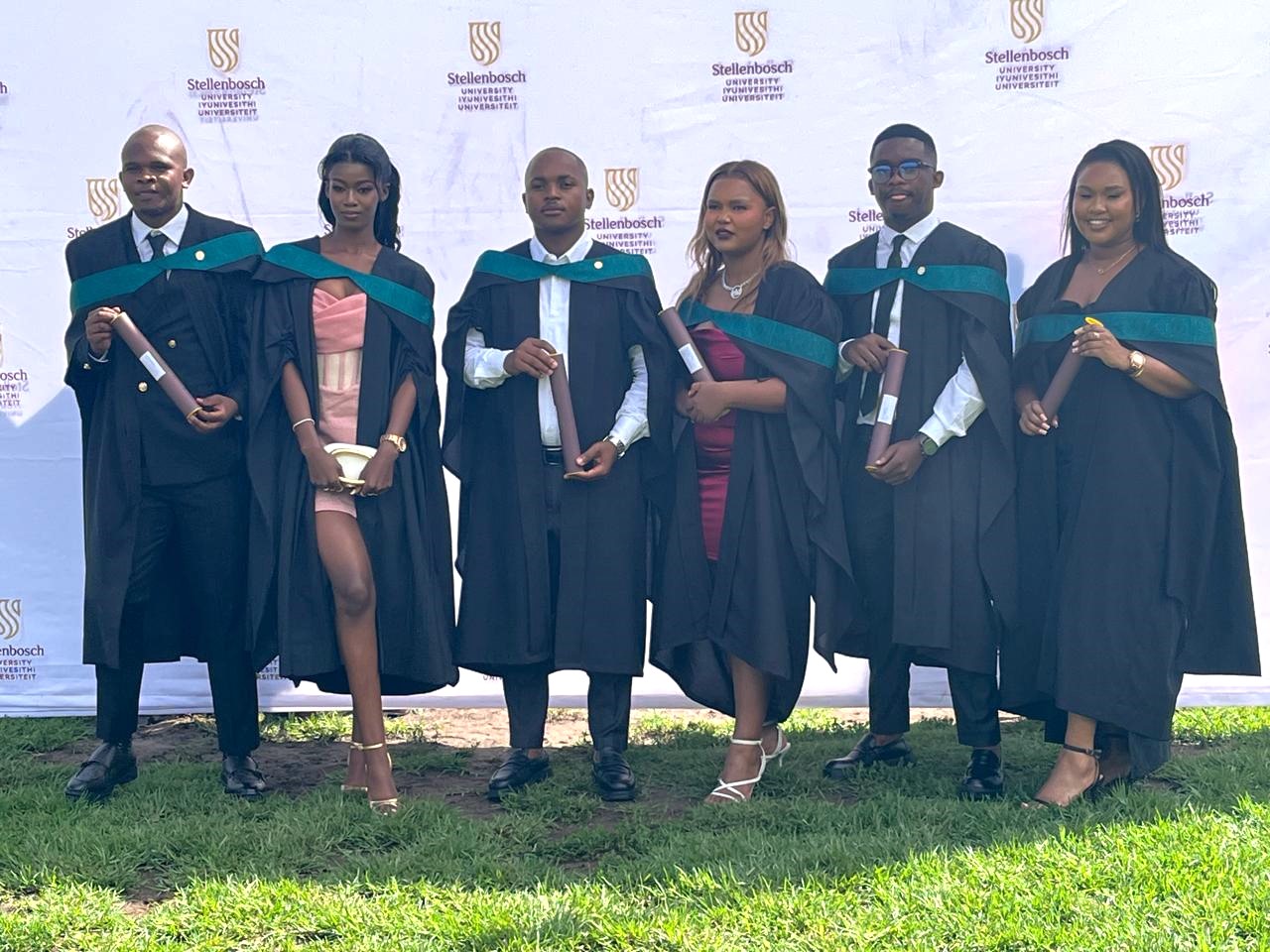WSU MOP STUDENTS DEFY EARLY CHALLENGES TO EARN MASTER’S DEGREES

Established in 2015, under the WSU Department of Rehabilitation Medicine, the Bachelor of Health Sciences in Medical Orthotics and Prosthetics (MOP) is rapidly gaining national recognition for its commitment to academic excellence, innovation in the healthcare space.
This was evident when eight students from the first and second cohort of the programme graduated for their master’s degrees at Stellenbosch University.
MOP Head of Department, Luphiwo Mduzana, said: “This is the first for our programme and it is a huge moment for us. It showcases the strength of our curriculum and our ability to develop graduates who can thrive at top-tier institutions. We are among the few institutions in South Africa offering this degree, and it reflects our vision to respond to the country’s need for skilled orthotists and prosthetists.”
Mduzana added that the programme was built to address the challenges of mobility impairments and to improve the lives of individuals with disabilities.
“These success stories are particularly meaningful given the early challenges the programme faced. One significant hurdle was the initial lack of accreditation from the Council on Higher Education (CHE), despite being accredited by the Health Professions Council of South Africa (HPCSA),” said Mduzana.
He added that through a collaborative effort with Tshwane University of Technology, the department ensured that affected students were still able to graduate. By 2021, full CHE accreditation was secured, paving the way for the programme’s resurgence.
“The department’s proactive steps to strengthen the programme ranging from curriculum refinement to continuous feedback mechanisms and better resource allocation have paid off. Our students are trained to think critically, conduct meaningful research, and engage in real-world clinical training. This foundation has helped them succeed, not just locally but internationally,” added Mduzana.
The MOP degree offers a rigorous and multidisciplinary curriculum that blends biomechanics, anatomy, physiology, engineering, and research. This holistic approach not only prepares students for clinical practice but also lays the groundwork for academic and professional advancement.
By Anita Roji
